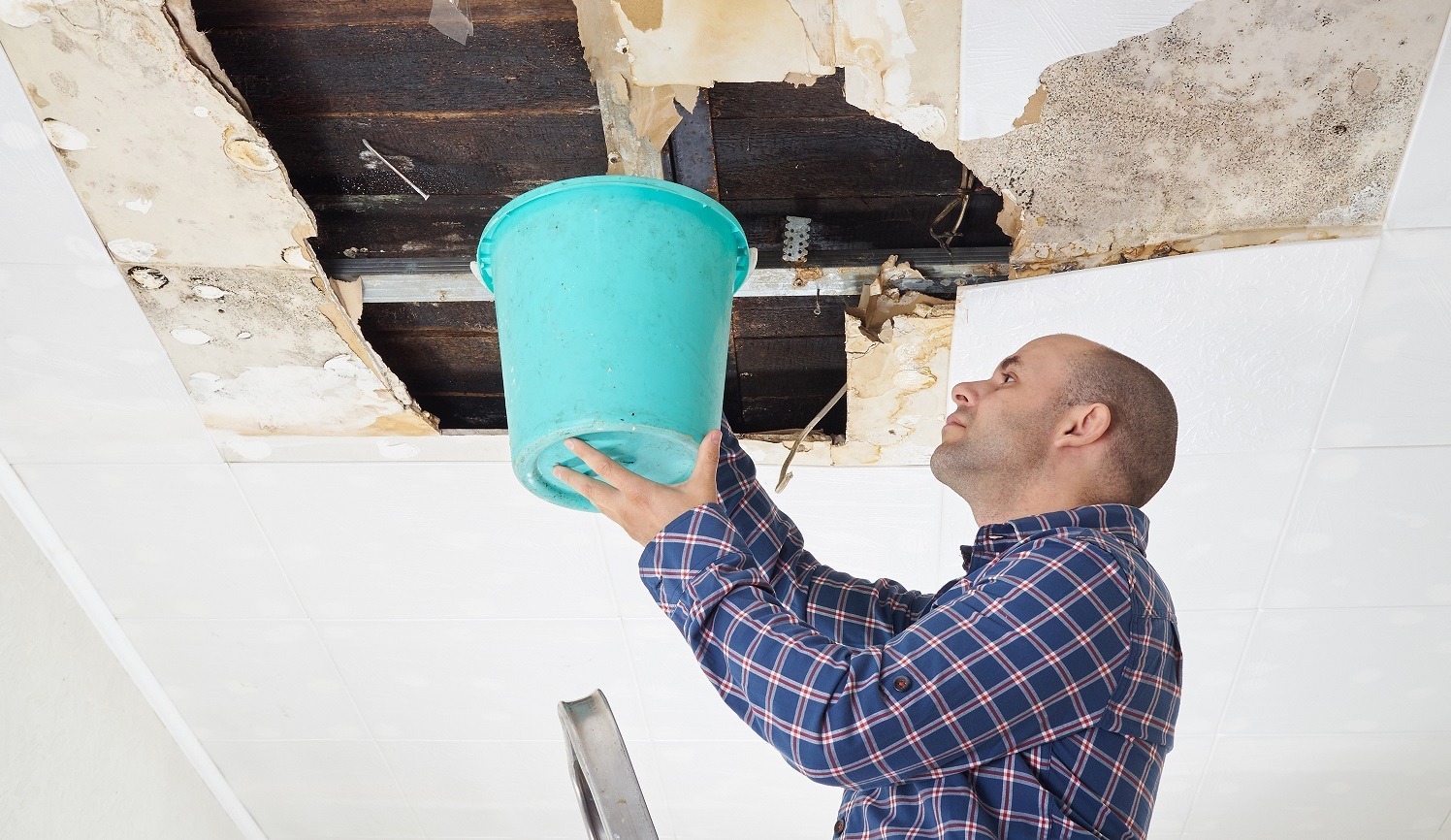Do's & Don'ts of Water Restoration.
Do's & Don'ts of Water Restoration.
Blog Article
Are you interested in insight concerning What You Can Do At Home To Prevent Fire And Water Damage?

Water offers life, water breach on parts where it's not meant to be can result in damages. It can peel away surfaces and also erode the structure if the water soaks right into your framework. Mold and mold likewise flourish in a wet environment, which can be unsafe for your health and wellness. Houses with water damages odor old and musty.
Water can originate from numerous resources such as tropical cyclones, floods, ruptured pipes, leaks, and also drain issues. In case you experience water damages, it would be excellent to know some safety and security precautions. Below are a few standards on how to manage water damage.
Do Prioritize Home Insurance Protection
Water damages from flood because of heavy winds is seasonal. You can likewise experience an unexpected flooding when a defective pipeline unexpectedly bursts into your residence. It would certainly be best to have home insurance policy that covers both acts of God such as natural catastrophes, and also emergencies like busted plumbing.
Don't Forget to Shut Off Energies
In case of a disaster, particularly if you stay in a flood-prone location, it would be recommended to shut off the primary electric circuit. This removes power to your whole home, protecting against electric shocks when water comes in as it is a conductor. Additionally, do not neglect to turn off the main water line valve. Furniture will move around as well as trigger damage when floodwaters are high. Having the primary shutoff turned off prevents more damage.
Do Keep Proactive as well as Heed Weather Condition Notifies
Pay attention to evacuation cautions if you live near a creek, river, or lake. Doing so decreases possible residential property damage.
Do Not Overlook the Roofing System
You can stay clear of rain damage if there are no openings and also leaks in your roofing system. This will certainly protect against water from flowing down your wall surfaces and saturating your ceiling.
Do Take Notice Of Small Leaks
A ruptured pipeline does not happen overnight. Typically, there are warnings that show you have actually weakened pipes in your house. For instance, you may discover gurgling paint, peeling off wallpaper, water touches, water discolorations, or dripping sounds behind the wall surfaces. Eventually, this pipe will rupture. Ideally, you need to not wait on things to escalate. Have your plumbing repaired before it causes substantial damages.
Do Not Panic in Case of a Ruptured Pipe
Maintaining your presence of mind is vital in a time of situation. Since it will certainly stifle you from acting quickly, panicking will just worsen the issue. When it comes to water damage, timing is crucial. The longer you wait, the more damage you can anticipate. Hence, if a pipe bursts in your residence, immediately turned off your major water valve to cut off the source. Disconnect all electric outlets in the location or turn off the circuit breaker for that part of the house. Call a credible water damage remediation expert for aid.
Water gives life, water intrusion on parts where it's not expected to be can result in damages. Houses with water damages odor musty and also old.
Water damages from flood fees to hefty winds is seasonal. You might discover gurgling paint, peeling off wallpaper, water touches, water spots, or leaking audios behind the walls. When it comes to water damages, timing is key.
Some Do's & Don't When Dealing with a Water Damage
DO:
Make sure the water source has been eliminated. Contact a plumber if needed. Turn off circuit breakers supplying electricity to wet areas and unplug any electronics that are on wet carpet or surfaces Remove small furniture items Remove as much excess water as possible by mopping or blotting; Use WHITE towels to blot wet carpeting Wipe water from wooden furniture after removing anything on it Remove and prop up wet upholstery cushions for even drying (check for any bleeding) Pin up curtains or furniture skirts if needed Place aluminum foil, saucers or wood blocks between furniture legs and wet carpet Turn on air conditioning for maximum drying in winter and open windows in the summer Open any drawers and cabinets affected for complete drying but do not force them open Remove any valuable art objects or paintings to a safe, dry place Open any suitcases or luggage that may have been affected to dry, preferably in sunlight Hang any fur or leather goods to dry at room temperature Punch small holes in sagging ceilings to relieve trapped water (don't forget to place pans beneath!); however, if the ceiling is sagging extremely low, stay out of the room and we'll take care of it DO NOT:
Leave wet fabrics in place; dry them as soon as possible Leave books, magazines or any other colored items on wet carpets or floor Use your household vacuum to remove water Use TV's or other electronics/appliances while standing on wet carpets or floors; especially not on wet concrete floors Turn on ceiling fixtures if the ceiling is wet Turn your heat up, unless instructed otherwise

As a person who reads about Reducing Your Risk Of Water And Fire Damage At Home, I thought sharing that piece of content was a good idea. For those who appreciated our blog post plz do not forget to pass it around. I am grateful for your time. Come back soon.
Report this page